Farinata, Between History and Delight
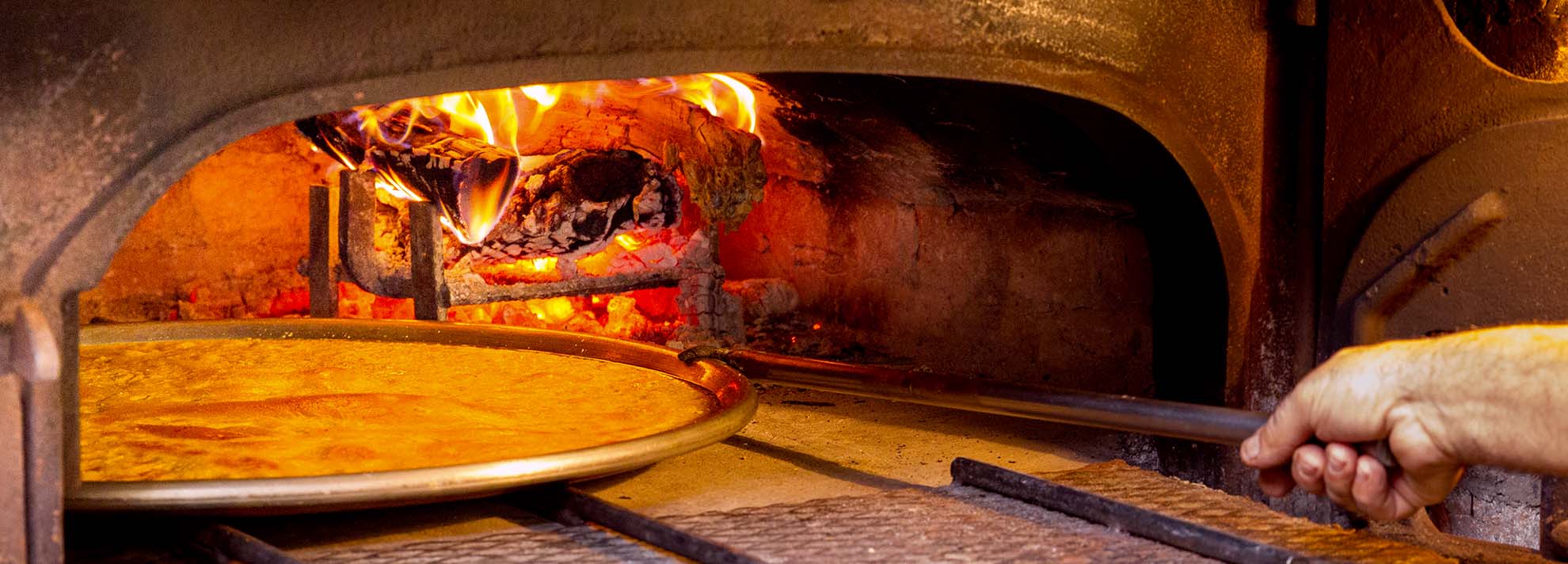
The history and delights of farinata, an ancient flavour that still captivates everyone today.
Farinata is a delicacy made from chickpea flour, water, and oil. A dish with a very ancient tradition, it has found new life in the slow food movement. It is said to have originated in 1284 when, returning from the Battle of Meloria against Pisa, victorious Genoese ships encountered a terrible storm that overturned and mixed chickpea flour and olive oil on board. Once that mush, dried in the sun, allowed sailors to overcome hunger. Later, when baked in a wood-fired oven on a copper tray, it became one of the most beloved dishes in Genoese and Ligurian cuisine.
Anyone who arrives in Genoa falls in love with it: this happened to Charles Dickens, who was impressed by it, and it still happens to young people who swirl through the alleys in search of tasty and affordable food. In addition to its reasonable price, the great virtue of this dish is that it is truly suitable for everyone, including those with celiac disease, vegans, and vegetarians. Consuming it in winter, in the typical “sciamadde” – the establishments in the historic center with wood-fired ovens – is also a good way to enjoy winter street food.
Try it freshly baked: with a golden and crispy surface and a soft and flavourful bottom. There are various variations throughout Liguria: rosemary, borage, thinly sliced artichokes, mushrooms, gorgonzola, sliced spring onions, and “bianchetti” (young anchovies) can be added to the basic dough. Alternatively, the type of flour used can also vary; in Savona, wheat flour is used.
Farinata genoese
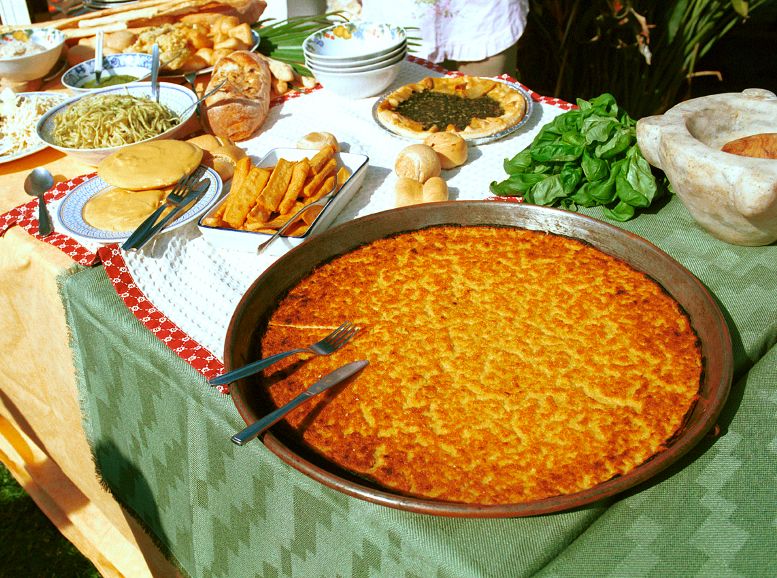
“Farinata,” also known as “Fainà,” is prepared with chickpea flour, water, salt, and extra virgin olive oil, then baked in a tray in a wood-fired oven in the typical local establishments known as “Sciamadde,” specialising in fried and baked products (hence the name, meaning “flame”).
Ingredients:
- 500 grams of chickpea flour
- 2 deciliters of extra virgin olive oil
- 2 liters of water
- Salt
- Pepper
Procedure:
- In a bowl, slowly mix chickpea flour with water, avoiding the formation of lumps and adding a pinch of salt.
- Let it rest for at least 4-5 hours before baking.
- Grease a tray with extra virgin olive oil (traditionally made of tinned copper, approximately 40 cm in diameter).
- Spread the mixture on the tray.
- Bake in a preheated oven for about 10 minutes until it reaches a golden surface.
- Serve by sprinkling with pepper.
White Farinata
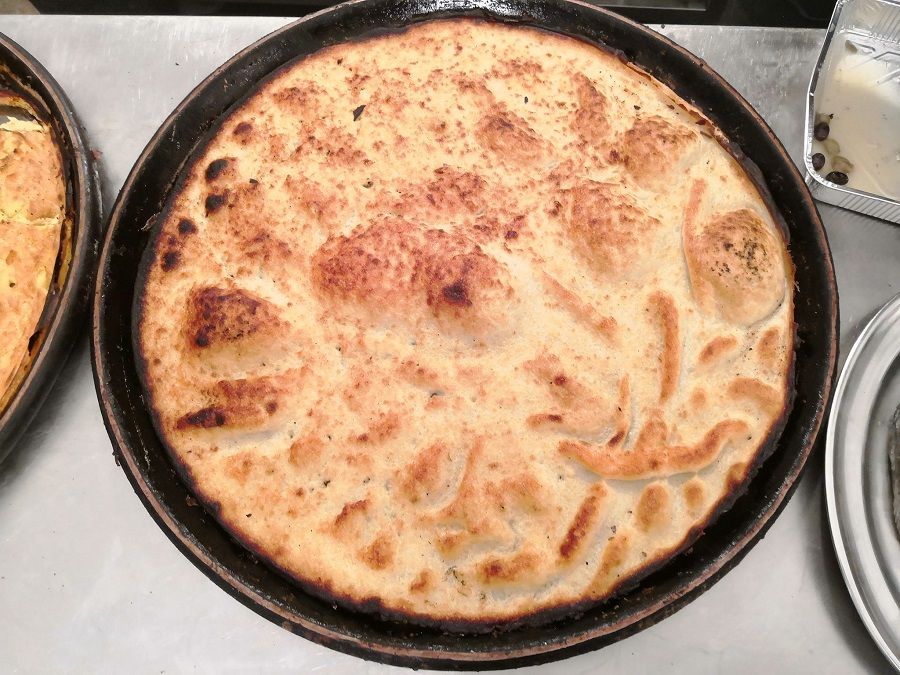
Born as a variation of chickpea farinata, it is prepared with wheat flour between Savona and Albissole. Tradition has it that it originated around 1528 when Genoa imposed high tariffs on chickpea flour, forcing the people of Savona to use white wheat flour. For Savona, it is now not just a piece of history but also an integral part of its identity. Typically, it is consumed during large collective moments such as the Good Friday Procession, the Santa Lucia Fair, or at the beginning of the Christmas festivities.
Farinata is also prepared with a mixture of chickpea and wheat flour; in this case, many call it “turtelassu.” Inland of Savona, in Val Bormida, Moco flour is used for farinata. Moco is an ancient, tiny, and irregularly shaped type of chickpea that was cultivated until 1940, forgotten, and then rediscovered in 2011.
Pumpkin Farinata
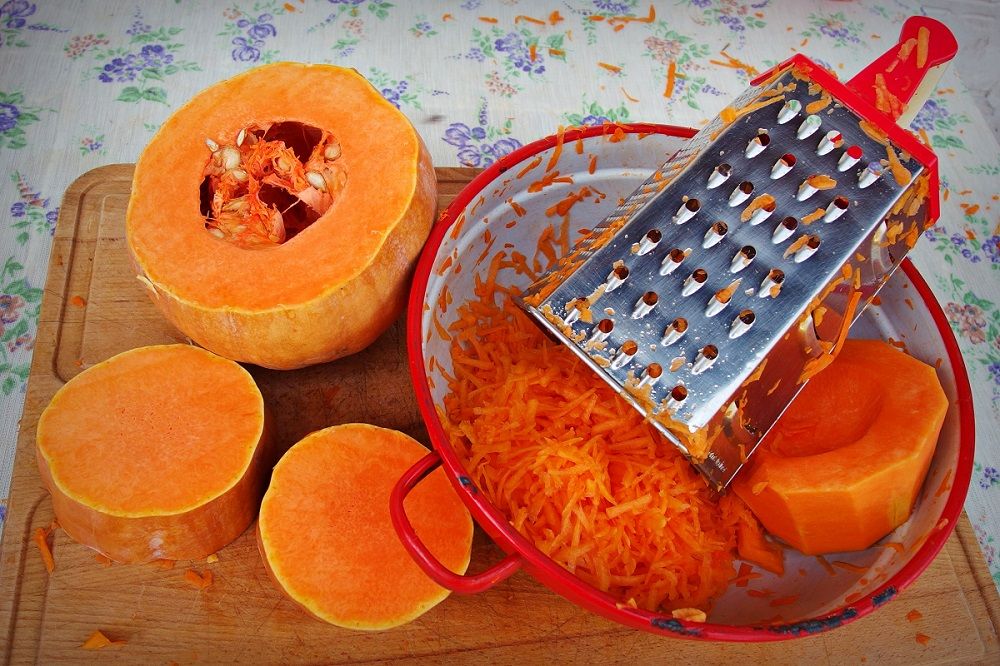
Tasty, delicate, and colourful. Original and surprising. This is pumpkin farinata, a tasty and ancient recipe that is not well-known. Born among the villages of Sestri Ponente, Pegli, Pra’, and Voltri, it should not be confused with the famous chickpea farinata; nor is it a meatloaf or a pumpkin pie. It is a local specialty with a dough of flour, water, and salt, and a filling of raw pumpkin, cheese, and oregano, baked in the oven in a shallow pan. Excellent for a light dinner and ideal as an appetizer, pumpkin farinata is a gastronomic postcard that conveys the scent of Genoese tradition.
Recipe
Ingredients
For the dough: 250 grams of soft wheat flour, 50 grams of corn flour, 2 tablespoons of olive oil, salt, warm water as needed, 1/2 glass of white wine (optional). For the filling: 1 kg of pumpkin, 100g of Parmesan cheese, 2 tablespoons of polenta flour, Taggiasca olive oil, salt, pepper, and oregano as needed.
Preparation
- Prepare the dough by kneading flour, water, salt, and wine until you obtain a soft dough. Divide the dough into two parts, dust with flour, cover with a damp cloth, and let it rest for at least an hour.
- Meanwhile, clean and cut the pumpkin, drain excess water (the collected water can be used in the dough instead of white wine or water). Grate the pumpkin and place it in a bowl. Add Parmesan, salt, pepper, olive oil, and polenta flour.
- Roll out the dough as thin as possible, place it in a well-greased baking tray, letting the edges hang over. Pour the filling evenly in a thin layer, sprinkle with oregano and Taggiasca olive oil. Fold the edges, leaving an open space in the center without completely sealing it.
- Bake in a preheated oven at 200°C for about 30 minutes.
‘Frisciolata’ of Imperia
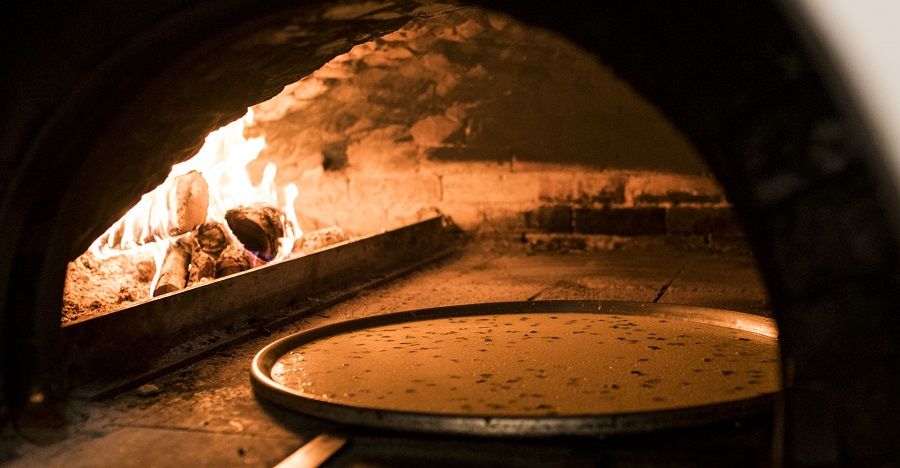
In Imperia, the farinata is called “frisciolata”. The recipe, ingredients, and procedure are the same, but compared to the classic Ligurian farinata, frisciolata has the peculiarity of including spring onions in the dough. Sliced into thin rounds, they contribute to making its flavor unique. Further to the west, the farinata changes its name again but not its taste and ingredients: in Ventimiglia, it is called “socca,” undoubtedly influenced by a similar specialty in Nice.



